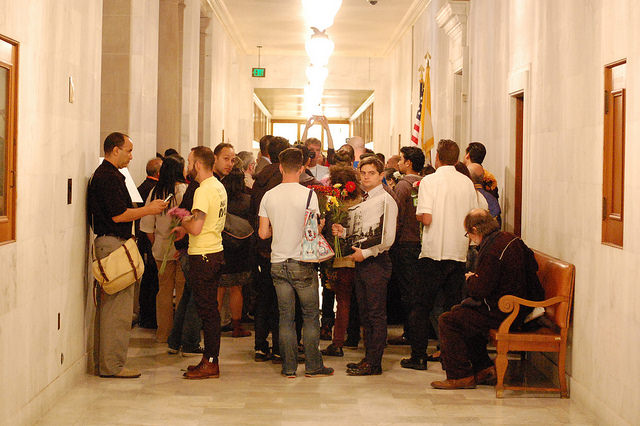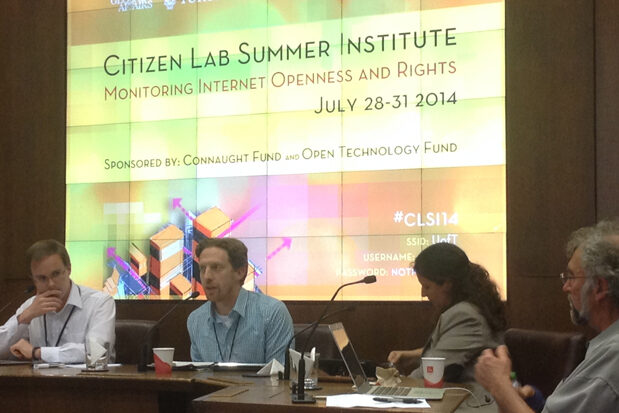Category: Governance & Security
News
- Articles from Policy & Internet
- Books
- Call for Papers
- Child Safety
- Collective Action
- Conferences
- Democracy
- Development
- Economics
- Education
- Environment
- Ethics
- Governance & Security
- Health
- Interviews
- Mapping
- Methods
- Policy
- Politics & Government
- Publications
- Social Data Science
- Submissions Closed
- Tools
- Video
- Wellbeing
-

Crowdsourcing ideas as an emerging form of multistakeholder participation in Internet governance
Assessing the extent to which crowdsourcing represents an emerging opportunity of participation in global public…
-

Using Wikipedia as PR is a problem, but our lack of a critical eye is worse
—
That Wikipedia is used for less-than scrupulously neutral purposes shouldn’t surprise us – our lack…
-

Uber and Airbnb make the rules now — but to whose benefit?
Outlining a more nuanced theory of institutional change that suggests that platforms’ effects on society…
-

Why are citizens migrating to Uber and Airbnb, and what should governments do about it?
What if we dug into existing social science theory to see what it has to…
-

Iris scanners can now identify us from 40 feet away
Public anxiety and legal protections currently pose a major challenge to anyone wanting to introduce…
-

Should we use old or new rules to regulate warfare in the information age?
—
Information has now acquired a pivotal role in contemporary warfare, for it has become both…
-

Does a market-approach to online privacy protection result in better protection for users?
Examining the voluntary provision by commercial sites of information privacy protection and control under the…
-

Will digital innovation disintermediate banking—and can regulatory frameworks keep up?
The role of finance in enabling the development and implementation of new ideas is vital—an…
-

Designing Internet technologies for the public good
—
People are very often unaware of how much data is gathered about them—let alone the…
-

Monitoring Internet openness and rights: report from the Citizen Lab Summer Institute 2014
Informing the global discussions on information control research and practice in the fields of censorship,…
-

Evidence on the extent of harms experienced by children as a result of online risks: implications for policy and research
If we only undertake research on the nature or extent of risk, then it’s difficult…
